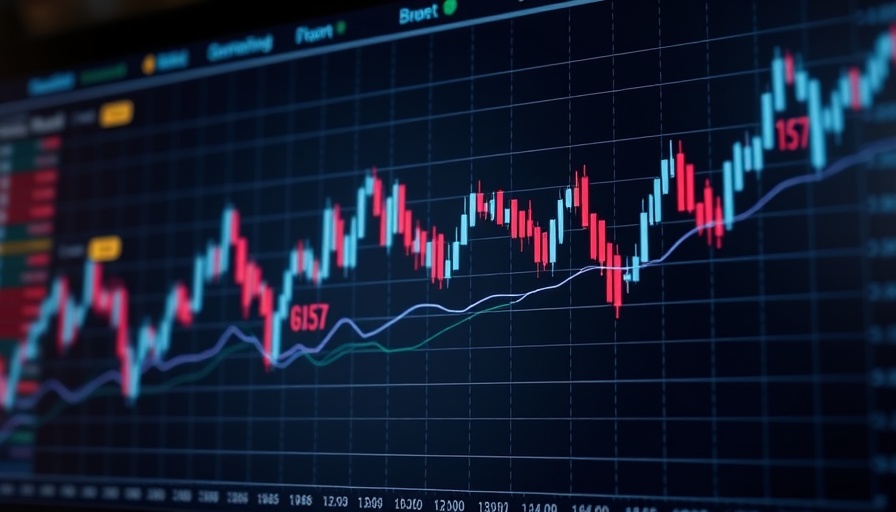
Unexpected Bond Market Reactions: A Closer Look
Today, bond markets faced a surprising sell-off, signaling a wave of uncertainty and recalibration among investors. Amidst the backdrop of a newly negotiated UK/US trade deal, analysts and market watchers were left pondering the implications this might have for future trade agreements and the broader economic landscape.
The initial market response to the trade deal was somewhat tepid; however, the rapid changes throughout the day marked a significant shift. By 2:46 PM, bonds were significantly weaker, with MBS down by 3/8ths and the 10-year yield gaining 10 basis points, closing at 4.37%. Given the context, it's imperative to parse why investors reacted so strongly given that the deal seemed to suggest an uptick in tariffs – not the trend toward free trade one might expect.
The Precedent Thesis: What It Means for Future Trade Deals
The concept of the "precedent thesis" suggests that how current agreements are structured can influence the terms of future negotiations. Speculation is rising among economists that this trade deal might set a challenging precedent, leading to higher tariffs that could subsequently elevate inflation without stifling economic growth.
The implications of rising tariffs worry bond investors. Historically, higher consumer prices typically lead to increased interest rates, a fear that investors don't take lightly, particularly in a market where growth dynamics are already precarious.
Decoding Economic Data: The Bigger Picture
In looking at today’s economic data, jobless claims reported lower than forecast at 228k compared to the anticipated 230k, and unit labor costs came in significantly higher than expected at 5.7%, against a forecast of 5.1%. These metrics suggest a robust labor market, yet high unit labor costs indicate potential inflationary pressures. Such mixed economic signals have resulted in increased volatility within bond markets.
Common Misconceptions: Understanding Market Sentiment
One common misconception is that a deal equates to immediate market stability. Instead, traders are often watching for micro-details within negotiations that might hint at long-term economic policy shifts. It’s crucial to remember that market reactions are not solely based on surface-level interpretations but involve deeper evaluations, many of which are invisible at first glance.
Looking Forward: What Investors Can Anticipate
The trend we’re seeing today could be indicative of further volatility as more investors begin to digest the potential fallout from continued trade tensions. With the Federal Reserve's rate-cut prospects also on the line, this creates an intricate web of decision-making that will keep policymakers and market participants alike on edge.
Beyond simple fluctuations, we could see a reevaluation of investment strategies in the bond market in response to shifting economic health indicators. Understanding these intricate connections is vital for anyone interested in investing or understanding market dynamics.
This recent sell-off in the bond market serves as a reminder of the complexities involved in economic relationships and their direct impact on financial landscapes. As sales exchange sharply, keeping an eye on trade relationships will remain crucial for any investor looking to navigate through these turbulent waters.
Sign up for updates and alerts on market movements and detailed MBS commentary to stay ahead in the investment game.
 Add Row
Add Row  Add
Add 




 Add Row
Add Row  Add
Add 








Write A Comment